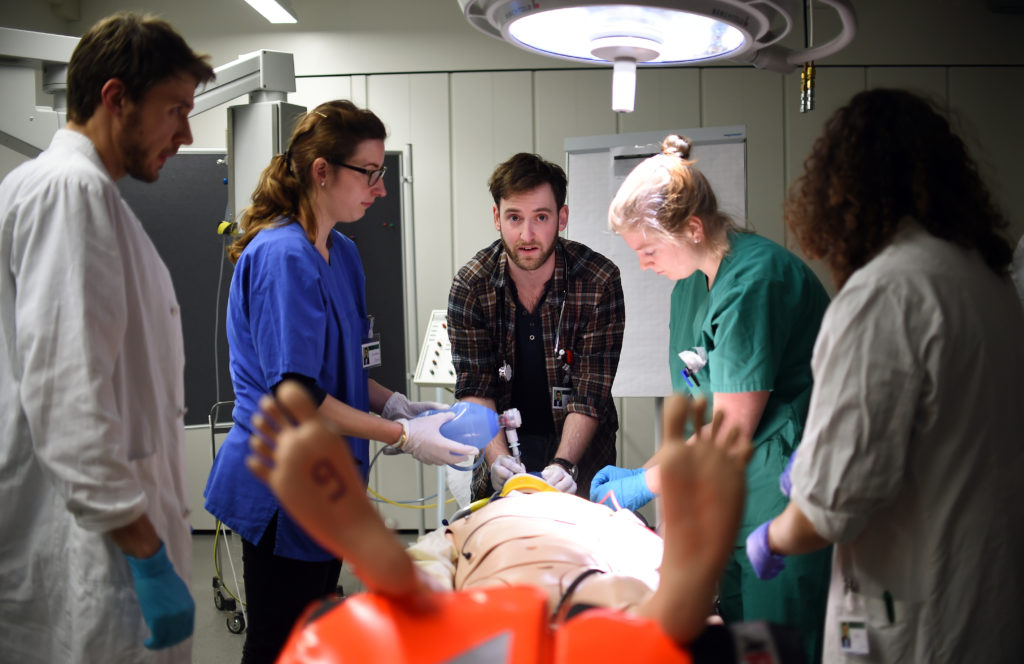Students need to be trained and assessed in a way that prepares them for working with patients who increasingly have multiple pathologies and comorbidities
More and more now, healthcare systems are treating an increasingly older population with significant comorbidities and for whom polypharmacy is a common problem. While primary care physicians work wonders in managing these patients in the community, there is always the risk of acute decompensation where hospital admissions become inevitable. As medical treatment is instigated and clinical improvement is seen, patients are then given full rehabilitation therapy to ensure that they are able to return to their previous level of functioning in a safe home environment.
These kinds of cases are complex and often require multiple pathological involvement. Take, for example, the diabetic admitted with worsening heart failure and renal dysfunction.
In hospitals the world over, clinicians recognise the battle of attempting to optimise each system while acknowledging and navigating the underlying prognostic uncertainty. And, to add another layer of complexity, medical intervention alone is not the sole answer. Without our allied nurses, pharmacists, physiotherapists, and occupational therapists, patient management would duly suffer.
However, despite being witness to the everyday reality of such cases, something is amiss. Student learners are being put at a disadvantage by the failure to capture this real world practice in teaching. Pathological occurrences are still often taught in a singular fashion, with attachments to single specialties and case based teaching that is rarely all encompassing as it should be. Furthermore, do our students get to properly witness the role of nurses—as well as other allied health professionals—and the difficulties they face in management and associated environmental pressures? We’d argue not.
So, what are the possible solutions?
Firstly, we need greater integration between primary and secondary care during students’ undergraduate years. Students need to understand how primary care doctors best manage patients to prevent hospital admission and what factors are beyond their control. Students need to be drawn away from textbook/ online protocol learning with isolated single pathology cases and have more exposure to multiple pathologies, which highlight complex management problems and the need to achieve a balance between the benefits and risks of treatment.
Furthermore, learning environments need to be multidisciplinary, with teams consisting not just of medical undergraduates on attachments with other medical learners but also allied healthcare learners. This would help to greater emphasise what the role of each individual is and how the continuum of medical, nursing, and rehabilitation therapy works. In light of the rising number of specialist nurses and physician associates, this is ever more essential.
Assessments need to move away from testing students’ recall of a singular diagnosis, investigation, or management option and instead focus on a more holistic exploration of care, which better reflects the actual environment health professionals work in from day to day.
We are living in changing times. Complex presentations require complex thinking. Our undergraduate learners need to be trained and assessed in a way that prepares them for this.
Neel Sharma graduated from the University of Manchester and is a trainee clinician scientist and medical educator, Lancashire Teaching Hospitals NHS Foundation Trust.
Kemparaju Hari Bhaskar is a consultant in acute medicine and elderly care, Lancashire Teaching Hospitals NHS Foundation Trust.
Competing interests: None declared.
